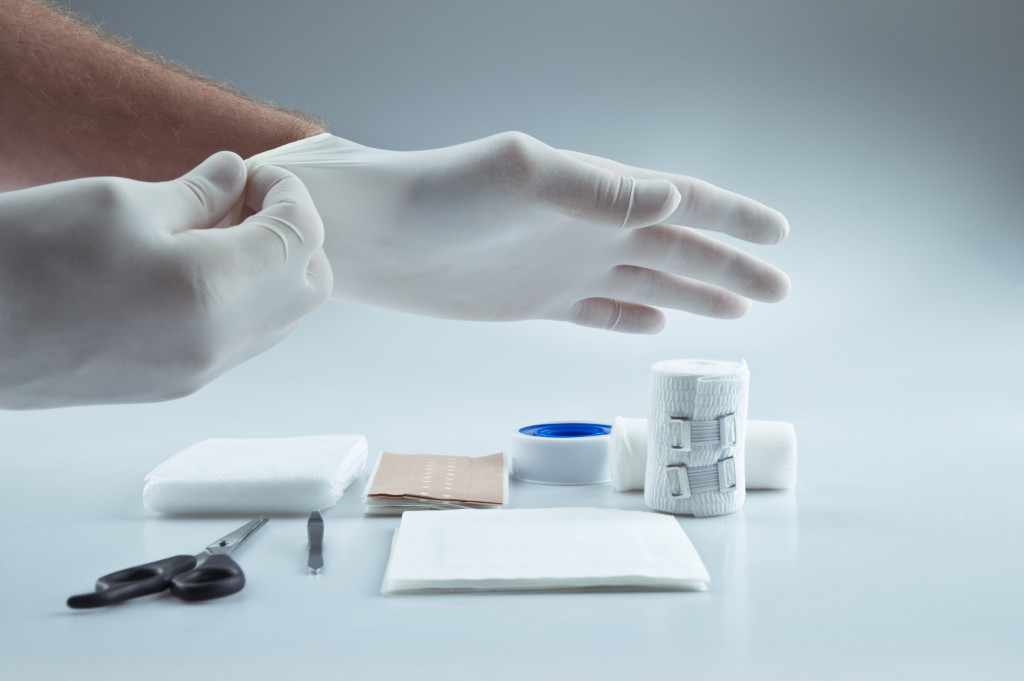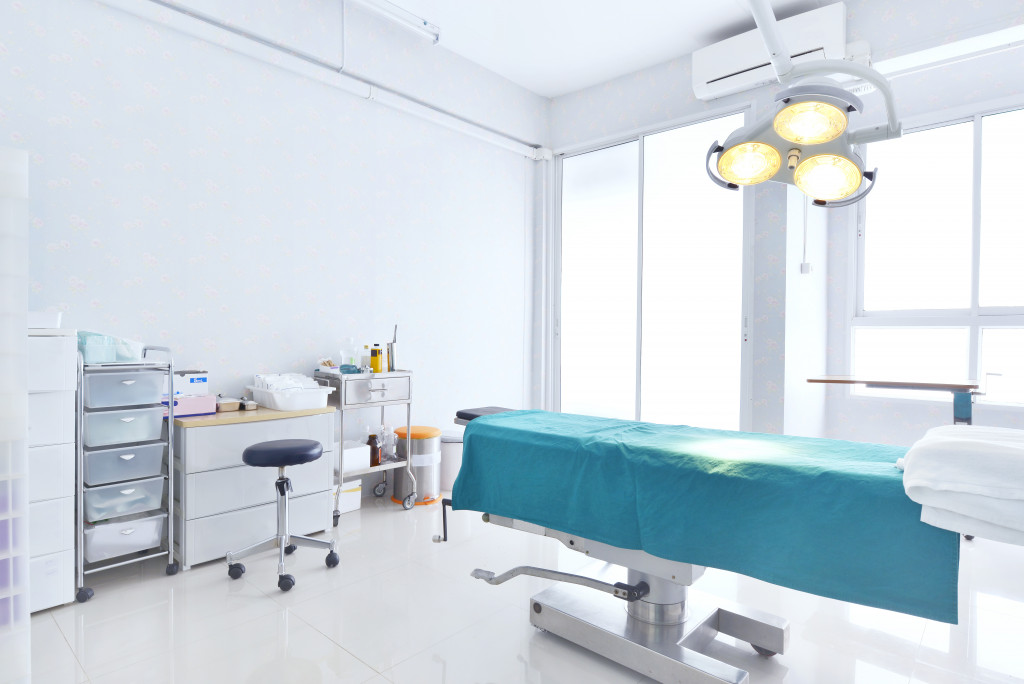Private clinics have their benefits as opposed to public hospitals since they offer personalized service without long waiting times. However, running them can prove costly.
Here are the top expenses of a private clinic and some strategies to bring them down:
1. Salaries of Employees
One of the main expenses of a private clinic is its employees’ salaries. The staff includes doctors, nurses, technicians, receptionists, managers, and even the cleaning crew.
Salaries of employees in a private clinic usually depend on the role each employee performs. For example, doctors are paid more than nurses because they have special training in the medical field, which requires them to handle complicated cases.
Doctors usually receive around $100,000, while nurses make an average of $61,000 annually. Other staff members such as technicians and receptionists also receive salaries depending on their roles and years of experience at the clinic.
Private clinics cannot compromise the quality of healthcare and legal compliance by hiring unqualified nurses. However, they can lower their salary costs in a couple of ways. First, they can consider healthcare bookkeeping outsourcing services for routine administrative tasks. Clinics don’t need to spend money on training, hiring, and retaining a bookkeeper in this arrangement.
Second, they can open their practice to other healthcare professionals like traveling nurses and certified nursing assistants (CNAs) to augment their workforce, especially on days and seasons that they are chronically understaffed.
2. Medical Supplies
These are the equipment, tools, and materials that employees use for healthcare services. Moreover, it includes items patients bring with them or wear during their stay inside the clinic, such as eyeglasses or hospital gowns.
Different clinics have different courses of treatment, so they also need different types of supplies depending on what type of healthcare service they offer.
In a private clinic, the most expensive supply is imaging equipment such as MRI and computerized tomography (CT) scanner. An entry-level scanner could already cost around $80,000. The latest and most feature-rich option could be worth $200,000. For MRI scanners, the most expensive could push a clinic to spend a whopping million dollars.
Therefore, imaging equipment is usually subject to leasing arrangements. Clinics pay for the use of the machine for several years, but they do not own it. When the term ends, the clinic must either renew or purchase a new one to continue using it.
The rental fee for a CT scanner or MRI machine usually costs around $45,000 per month. Some clinics have machines they use in-house just like if they were their property.

3. Facility Costs, Rentals, and Depreciation
This refers to the rental fee for clinic space and its equipment’s depreciation since it has gone through several uses. Suppose you are opening a new private clinic. In that case, chances are you would want to rent an already established facility or buy your medical office building, depending on the amount of money you have available for capital.
It is difficult to give an exact figure since it varies from one clinic to another. However, the cost of renting a space in a medical office building ranges from $1,000 to $3,000, depending on its size and location.
4. Taxes and Fees
Many people think that doctors and clinics are exempt from paying taxes. But they still have to pay for property tax, payroll tax, state license fees, and other miscellaneous fees. They also don’t work like regular hospitals, which can be tax-exempt if they meet the requirements of the IRS.
According to Tax Policy Center, nearly 3,000 hospitals in the country belong to this category. Their sizes considerably vary. Some are stand-alone facilities in rural areas, while others are huge with branches across states.
The good news for private practitioners is that tax laws change. In December 2020, a newly approved tax bill sought to reduce the corporate tax rate to 21 percent from 35 percent. It will also decrease the individual tax rate to 37 percent from 39.6 percent. When implemented, it could bring down the overall tax revenue by $1.5 trillion.
Private practitioners or healthcare providers that run clinics can surely benefit from this for two reasons. One, the income of the institution is usually high.
Second, doctors themselves are already considered high-income earners, which means they already pay huge taxes based on the existing tax rates. A physician receiving a salary of around $200,000 could save almost 9 percent of their taxable income if the bill becomes a law.
Private clinics can run their office like a business while providing the quality of care that patients need. They can learn to identify their biggest expenses and find ways to lower them.

